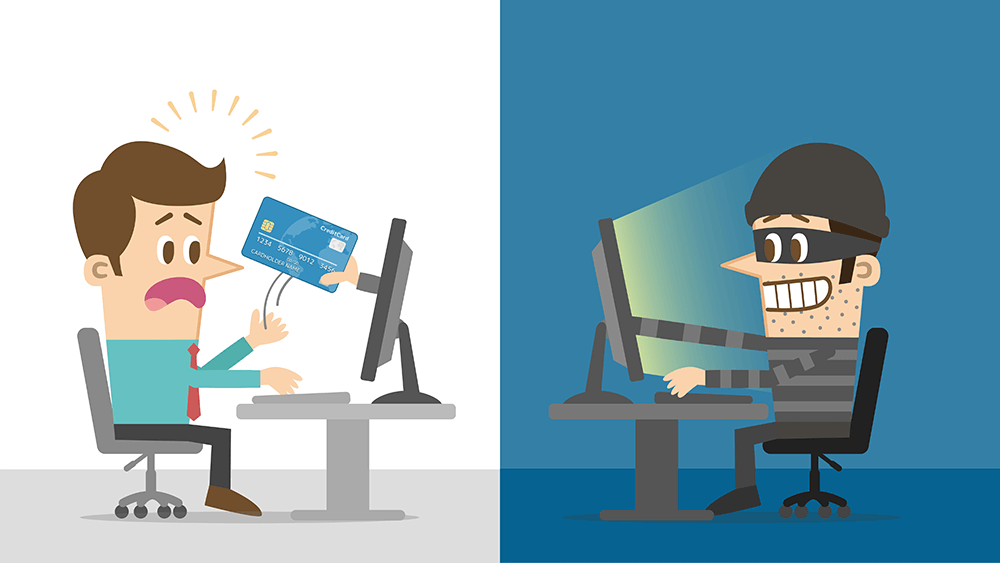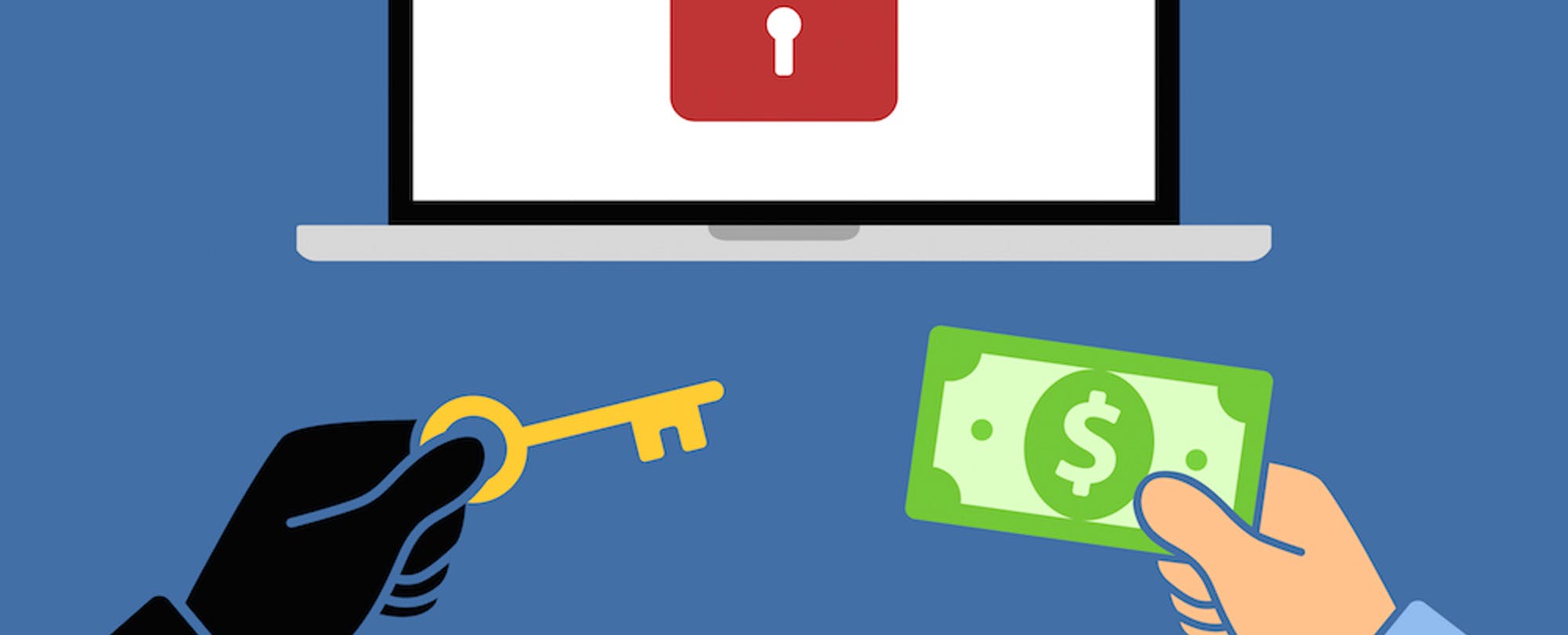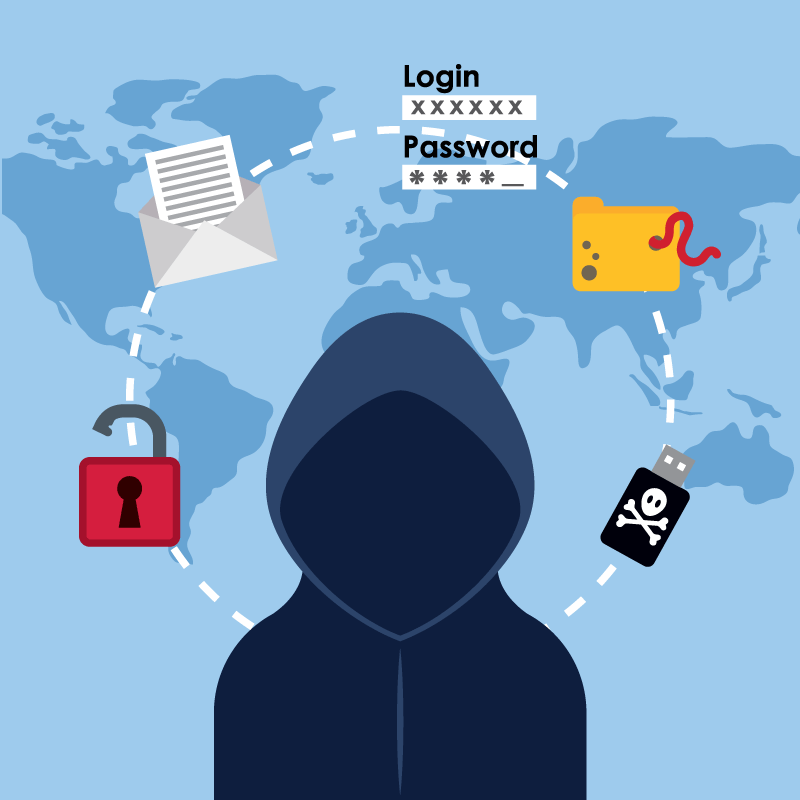The one thing you can be sure in life is about your own self; whether you’re good or bad doesn’t matter, but you can be sure of who you are and who others see you as. But, what if that was taken away from you? Or if someone used your identity to their advantage? What if right now, there was someone else out there pretending to be you? Sounds scary, doesn’t it? Imagine everything he could do with your name, your personal information. From ruining your credit score to actually ruining your whole life, that person would have control over everything. And the worst part is, you may not even know that was happening. That is what Identity Theft is; a kind of fraudulent activity that includes someone stealing your identity to not only gain monetary benefits, but other benefits as well.

You may be wondering why someone would do that, or who would put in that much effort to be someone else. First, because it allows them to be someone they’re not and get away with things they would otherwise get caught for. It also allows them access to all your money. Secondly, if you really wanted to steal someone’s identity, it’s not that hard. We list down some of the ways your identity can be stolen, simply in the hopes that you can be more aware and careful regarding them.
Ways Your Identity Can be Stolen
Now, there are a lot of ways that identity theft happens, but knowing about them can help you protect yourself. Some of the methods used for identity theft are:
1. Phishing
This is like fishing for information, hence the name “phishing”. By using this method, the scammer or person trying to steal your identity tricks you into giving your personal information. This information may include your passwords, your bank account numbers, or your credit card numbers. Now, phishing works in two ways.

The first, and very common, method is where the person trying to scam you pretends to be from a legitimate business, such as a bank or internet service provider, and contacts you. The contact can happen over email, telephone, text message or even social media. This scammer asks you to confirm or provide your “missing” personal details. They usually have a story, such as your records being wiped out due to an error.
The second method these scammers employ is that of alerting you to some suspicious activity on your account, such as a large purchase. This time, you will be asked to confirm your bank or credit card details so the incident can be investigated. In both these methods, the message will look real and all the details and formatting will be copied from the actual business the scammer is trying to imitate.
2. Hacking
Another way identity theft occurs is through hacking. This is one of the most common method people use to carry out fraudulent or criminal activities, which relies on the hacker or scammer gaining access to your personal information through the exploitation of technology. They can gain access to your computer, your mobile, or even your internet connection. They exploit the security weaknesses in these devices, such as passwords that are easy to guess or constantly reused, unsecured Wi-Fi or Bluetooth connections, and out-of-date anti-virus software. Once a hacker is in your system, they can change your passwords, restrict your access to your own accounts, and gain your personal information, allowing them to commit identity theft.

3. Remote Access Scams
Then, there is the remote access scam which involves a scammer gaining remote access to your device and tricking you into buying a service or software you don’t need. How does this work? Well, the scammer pretends to be from a big telecommunications company, or from an internet service provider, or simply from a company that provides technical support. They will then insist that your computer or device has some virus or error, your internet connection has been hacked, or your phone line has some problem. Once they have convinced you of the supposed problem, they will try to gain remote access to your device so they can find and fix the problem.

Meanwhile, they will also try to convince you to buy a service or software that will fix the problem for you. In doing all this, they will ask you for your personal details, such as your credit card or bank account numbers. They can then use this information to commit identity theft and exploit you for their own benefit.
4. Malware & Ransomware
Malware and ransomware involves installing a software on your computer or device that grants access to the scammers. They can not only watch what you are doing, but also control your access and activities. Ransomware specifically demands a payment so you can gain access to your own files or system. These malwares and ransomwares are usually sent via emails or messages on social media that prompt you to watch a video that needs a specific codec. It can also be delivered through website or pop-ups that promise a “free” download or free access to some content. These are especially common on adult websites.

5. Fake Online Profiles
This is fairly simple, yet a time-consuming method; the person wanting to steal your identity simply sets up a fake profile on social media and send you a friend request. They can then gain your trust and eventually convince you to provide them with your personal information, which can then be used for identity theft.

6. Document Theft
A manual method of identity theft is through stealing your documents. The person wanting to steal your identity simply has to go through an unlocked mailbox or your trashcans to get their hands on personal documents you may have discarded. These documents usually include your utility bills, healthcare records, or insurance renewals. The information then allows them to pretend to be you and gain benefits at your expense.

Be Careful if You Notice These
As scary as identity theft sounds, there are ways that you can be alerted if it seems likely to happen. You simply have to be vigilant and careful about certain things. Some of the warning signs of identity theft include:
- If you receive an email, phone call or text message that is grammatically incorrect or is just poorly written, asking you to confirm or validate your personal information.
- Be wary of all pop-ups that ask you to install or run a software on your computer or mobile device.
- Receiving a friend request on social media from someone you don’t know.
- If you cannot log in to your email account or social media profile, or if you see some suspicious activity on it, such as another login from an unusual location.
- Missing money from your bank account is the greatest red flag. If you don’t know where or when that money was used, you need to consider identity theft and contact your bank immediately.
- Similarly, any loan or credit card applications that were declined, but you never applied for them should be a warning sign.
Learn to Protect Yourself
So there are a lot of ways you can become a victim of identity theft, and there are warning signs that you can look for, but how do you prevent it from happening? Well, you need to learn to protect yourself through some simple tips:
- Firstly, never open emails or text messages that look the least bit suspicious. Simply, delete them and block the email address or phone number.
- If someone contacts you from a business or organization and asks you for your personal details, make sure to verify their identity. You can do that by directly contacting the company they said they were from. However, do not use the contact details they provide, search for them yourself online or through a phone book.
- Do not send money or your personal information to someone you don’t trust. Avoid sending such information over the email at all costs.
- Choose passwords that are unique and hard to guess. Keep changing and updating them regularly and do not use the same password for multiple accounts.
- Install a good anti-virus program, as a well as a firewall. Do not access your personal accounts or information through public computers or WiFi connections.
- Avoid sharing too much personal information on social media. Your information and pictures can be used to create fake profiles and identities, which can be used to scam you or others.
- Make sure your mailbox is locked. Before discarding your personal documents, be sure to shred them so your personal information is not visible.
- Keep a check on your credit history through credit reports. You can keep an eye out for any suspicious activity through your credit report, such as your name being used to borrow money.
What to Do If You’ve Been a Victim of Identity Theft?
If you think you have been a victim of identity theft, the first thing you have to do is contact all the relevant agencies and financial institutions, such as your bank. Make sure to report the identity theft to your local authorities so they may investigate the incident and apprehend the person responsible.
